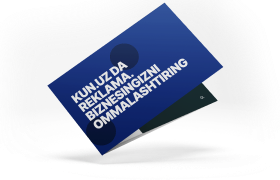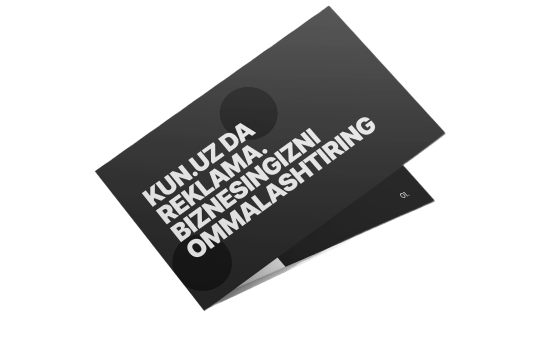Central Bank: 40% of borrowers in Uzbekistan spend over half of their monthly income on loan repayments
In 2024, the average debt-to-income ratio (DTI) of individuals in Uzbekistan reached 34%. Among those with loans from banks, 40% spend more than half of their monthly income on loan repayments. The average DTI stands at 65% for mortgage holders and 61% for car loan borrowers.

Photo: KUN.UZ
Despite the tightening of lending requirements, the level of household debt in Uzbekistan remains high, according to the Central Bank’s Financial Stability Review.
Taking into account all liabilities of individuals, the average total debt burden was 34% in 2024. Among bank borrowers, the share of loans attributed to individuals with a DTI above 50% stands at 40%.
According to the Central Bank, borrowers without officially declared income are considered high risk. Consequently, while 23% of bank-issued loan contracts in the first half of 2024 involved individuals without official income, this figure dropped to 13% in the second half.
The regulator also notes growing concerns about the increasing number of borrowers with multiple loans. A change in the repayment ability of a single borrower can simultaneously affect the asset quality of multiple commercial banks. Throughout 2024, 68% of individual borrowers had more than one loan. Among those with mortgages and car loans, the share of individuals with multiple loans was 48% and 42%, respectively. In the microloan segment, this figure was even higher – 70% of borrowers held more than one loan.
As of January 1, 2025, the number of individuals with obligations to banks or non-bank institutions totaled 5.3 million. Of all borrowers, 89% had active loans from banks, while 9% had additional liabilities with non-bank lenders.
Overall debt burden
The total debt burden of bank borrowers slightly increased in 2024. When factoring in all liabilities – both bank and non-bank – the average DTI of borrowers was 34%. For 40% of these individuals, their DTI exceeded 50%. Furthermore, 42% of total loan volume went to borrowers with a DTI between 26% and 50%. Alarmingly, 12% of borrowers had a DTI above 100%, indicating a high risk of loan default.
Mortgage loans
According to Central Bank analysis, one in five mortgage borrowers spend the majority of their income on debt repayments. In 2024, 21% of mortgage holders had a DTI exceeding 100%. Meanwhile, 39% had a DTI below 50%. Taking into account all financial liabilities, the average DTI among mortgage borrowers was 65%.
Car loans
Thanks to implemented macroprudential measures, the debt burden of car loan borrowers has started to improve. In 2024, the average DTI for these borrowers was 61%. From July 1, 2024, newly introduced measures helped reduce their debt levels. For instance, in the second half of 2024, the share of car loan borrowers with a DTI over 50% dropped to 40% – a 23 percentage point decline compared to the first half of the year.
During the reporting period, the ratio of loans to individuals compared to GDP remained below its long-term trend. By the end of 2024, the loan-to-GDP ratio for individual borrowers stood at 12.2%, a slight decline of 0.3 percentage points from 2023. Mortgage and microloans accounted for the largest shares in the personal loan portfolio, with ratios of 7% and 3% of GDP, respectively.
According to regulatory data, 68% of individuals who borrowed money in 2024 held more than one loan. Among car and mortgage borrowers, 42% and 48%, respectively, had multiple loans. In the microloan segment, the share reached 70%.
Furthermore, the average debt per borrower increased to 37.6 million UZS in 2024, up by 1.5% from the previous year.
It should be noted that interest-based loans can entangle individuals in cycles of anxiety, dissatisfaction, and instability, ultimately lowering one's quality of life. Living within one's means and avoiding unnecessary debt allows for more sustainable, peaceful, and blessed financial wellbeing.
Related News

12:46 / 18.07.2025
Foreign currency sales by citizens exceed purchases by $3.7 billion – CB

13:55 / 12.07.2025
Water debts of households and businesses in Uzbekistan near 800 Billion UZS

13:04 / 09.07.2025
Central Bank of Uzbekistan reports decline in reserves, while gold volume and value climb

10:32 / 09.07.2025



